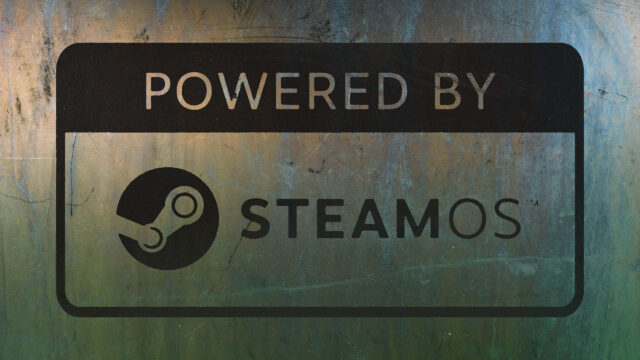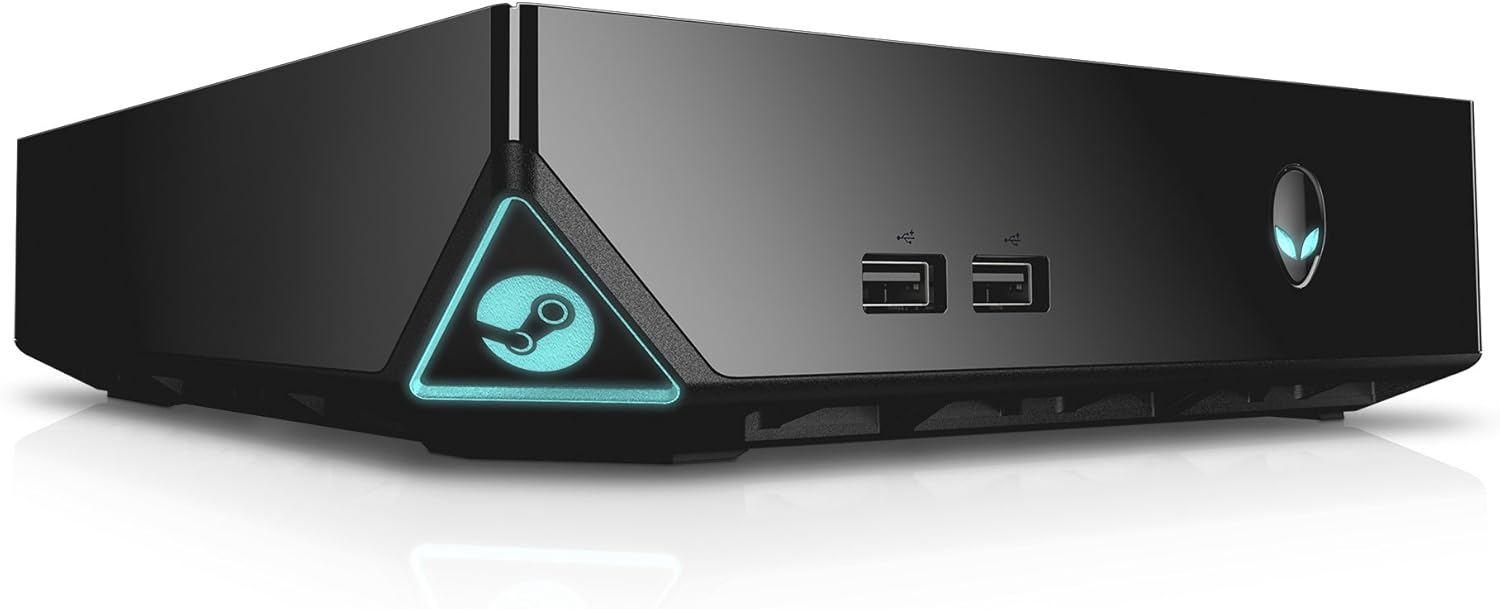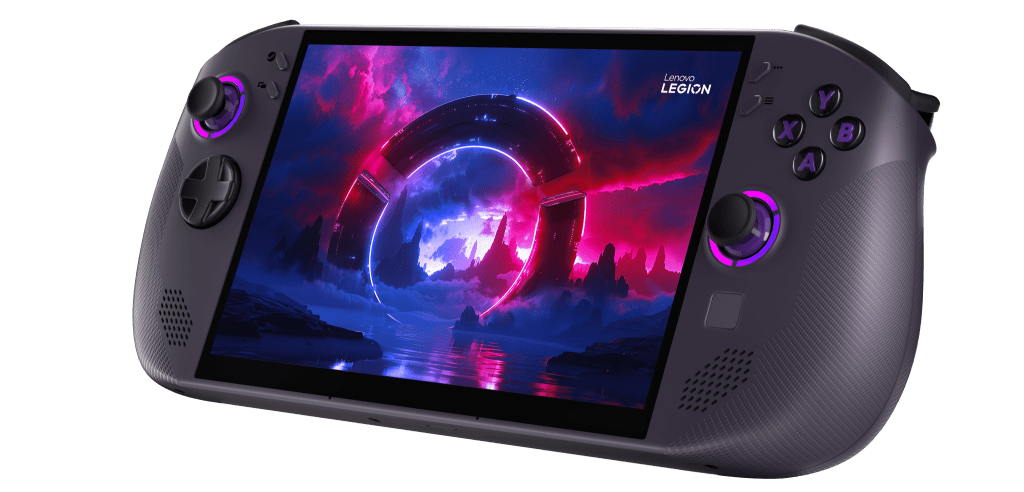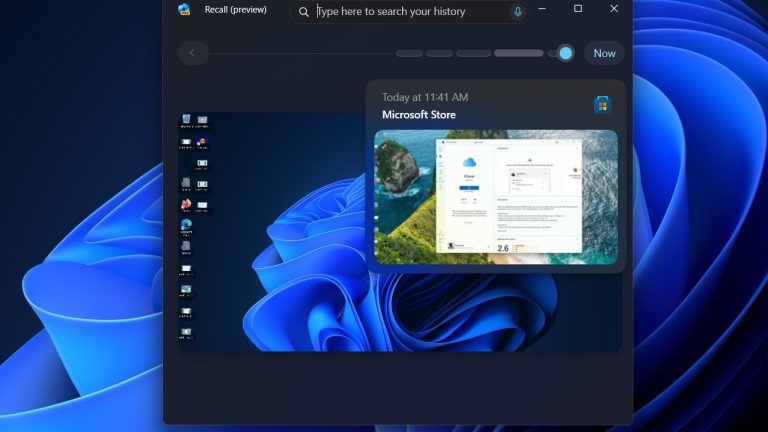A little over 20 years ago, Valve was getting ready to release a new Half-Life game. At the same time, the company was trying to push Steam as a new option for players to download and update games over the Internet.
Requiring Steam in order to play Half-Life 2 led to plenty of grumbling from players in 2004. But the high-profile Steam exclusive helped build an instant user base for Valve's fresh distribution system, setting it on a path to eventually become the unquestioned leader in the space. The link between the new game and the new platform helped promote a bold alternative to the retail game sales and distribution systems that had dominated PC gaming for decades.

Today, all indications suggest that Valve is getting ready to release a new Half-Life game. At the same time, the company is getting ready to push SteamOS as a new option for third-party hardware makers and individual users to "download and test themselves."
Requiring SteamOS to play Half-Life 3 would definitely lead to a lot of grumbling from players. But the high-profile exclusive could help build an instant user base for Valve's fresh operating system, perhaps setting it on the path to become the unquestioned leader in the space. A link between the new game and the new platform could help promote a bold alternative to the Windows-based systems that have dominated PC gaming for decades.
Not another Steam Machine
Getting players to change the established platform they use to buy and play games (either in terms of hardware or software) usually requires some sort of instantly apparent benefit for the player. Those benefits can range from the tangible (e.g., an improved controller, better graphics performance) to the ancillary (e.g., social features, achievements) to the downright weird (e.g., a second screen on a portable). Often, though, a core reason why players switch platforms is for access to exclusive "system seller" games that aren't available any other way.






 Loading comments...
Loading comments...
